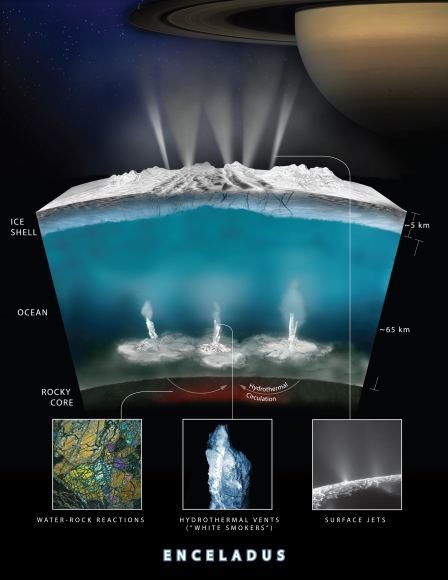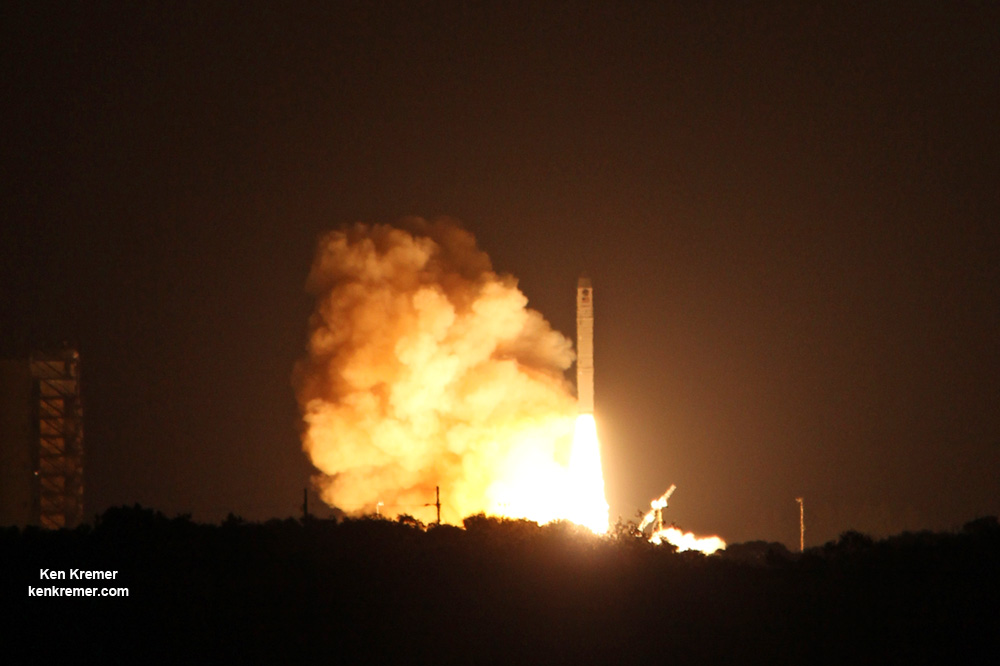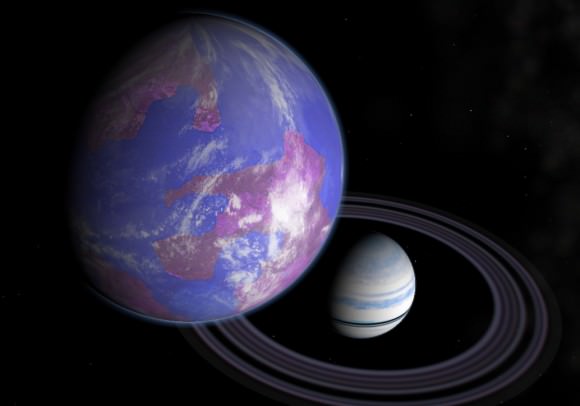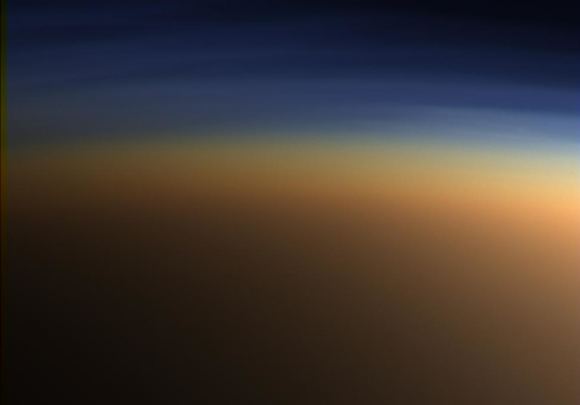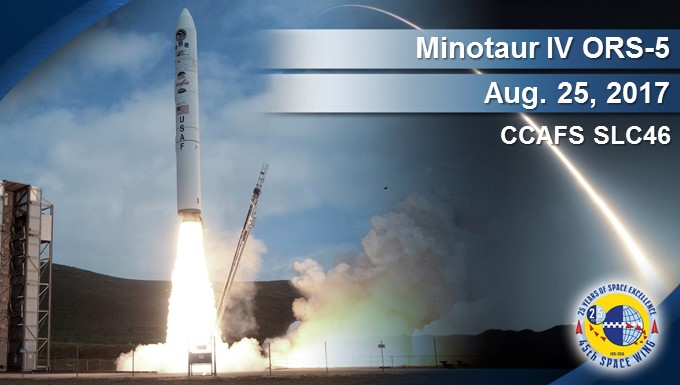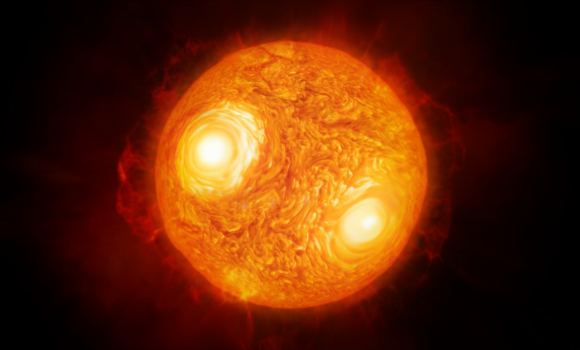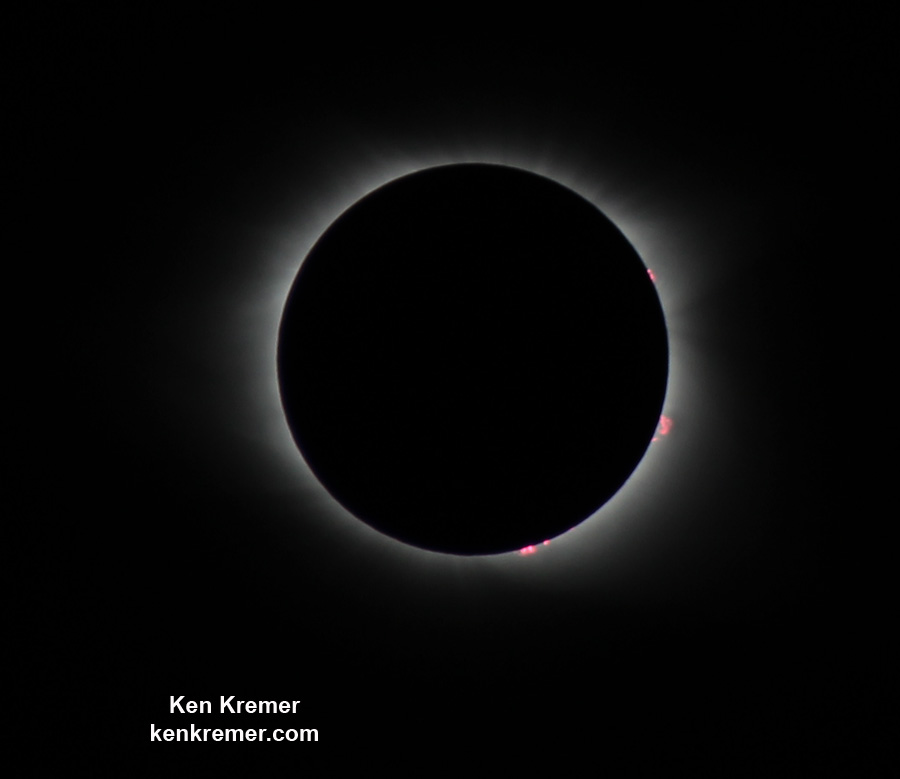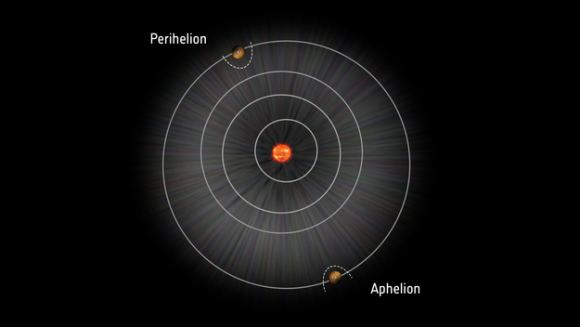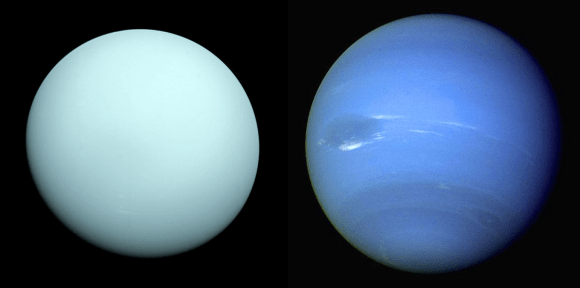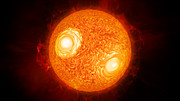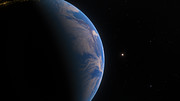NASA Says James Webb Telescope will Study Solar System’s “Ocean Worlds”
NASA Says James Webb Telescope will Study Solar System’s “Ocean Worlds” In October of 2018, the James Webb Space Telescope (JWST) will be launched into orbit. As part of NASA’s Next Generation Space Telescope program, the JWST will spend the coming years studying every phase of cosmic history. This will involve probing the first light of the Universe (caused by the Big Bang), the first galaxies to form, and extra-solar planets in nearby star systems. In addition to all of that, the JWST will also be dedicated to studying our Solar System. As NASA recently announced, the telescope will use its infrared capabilities to studyRead More →
